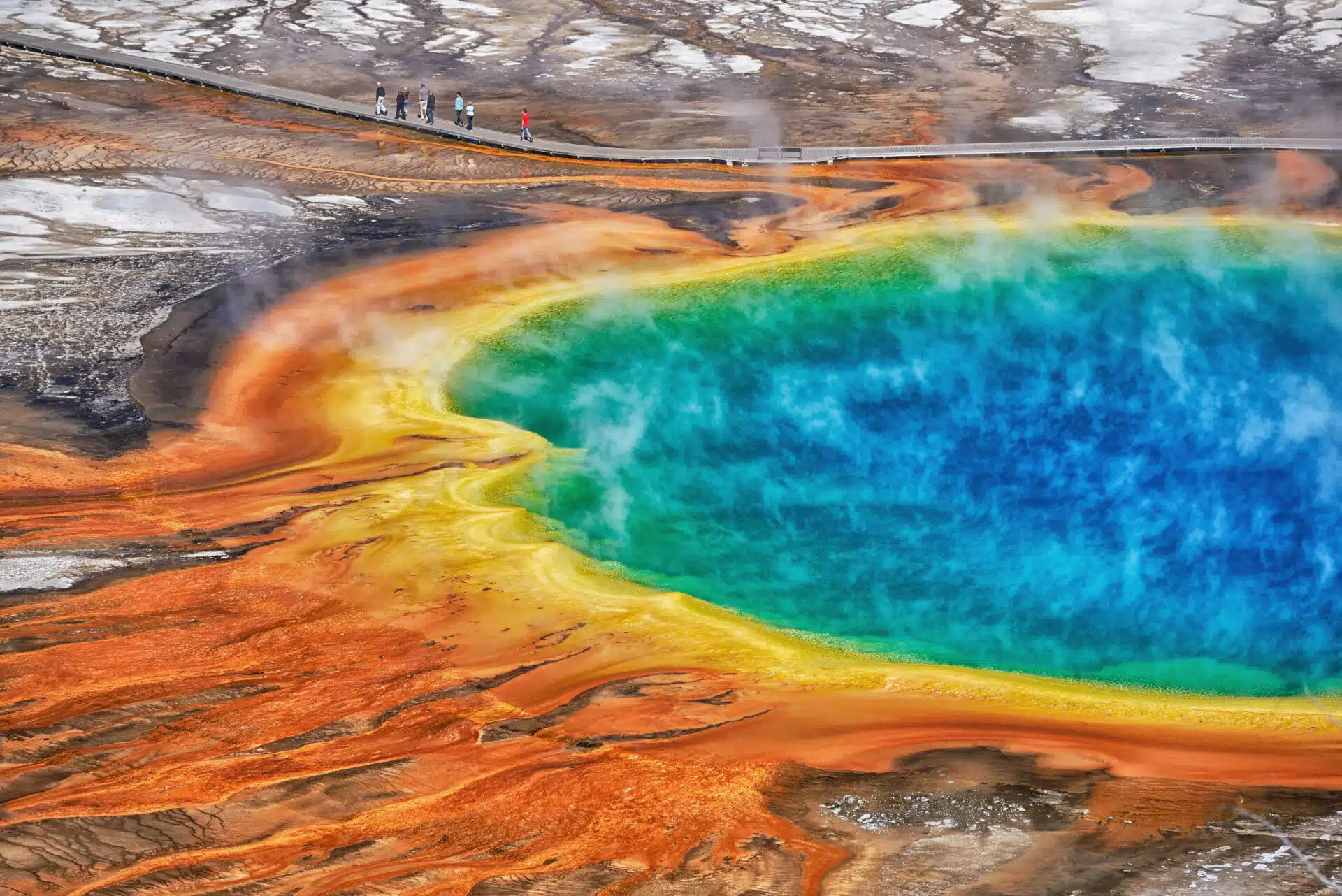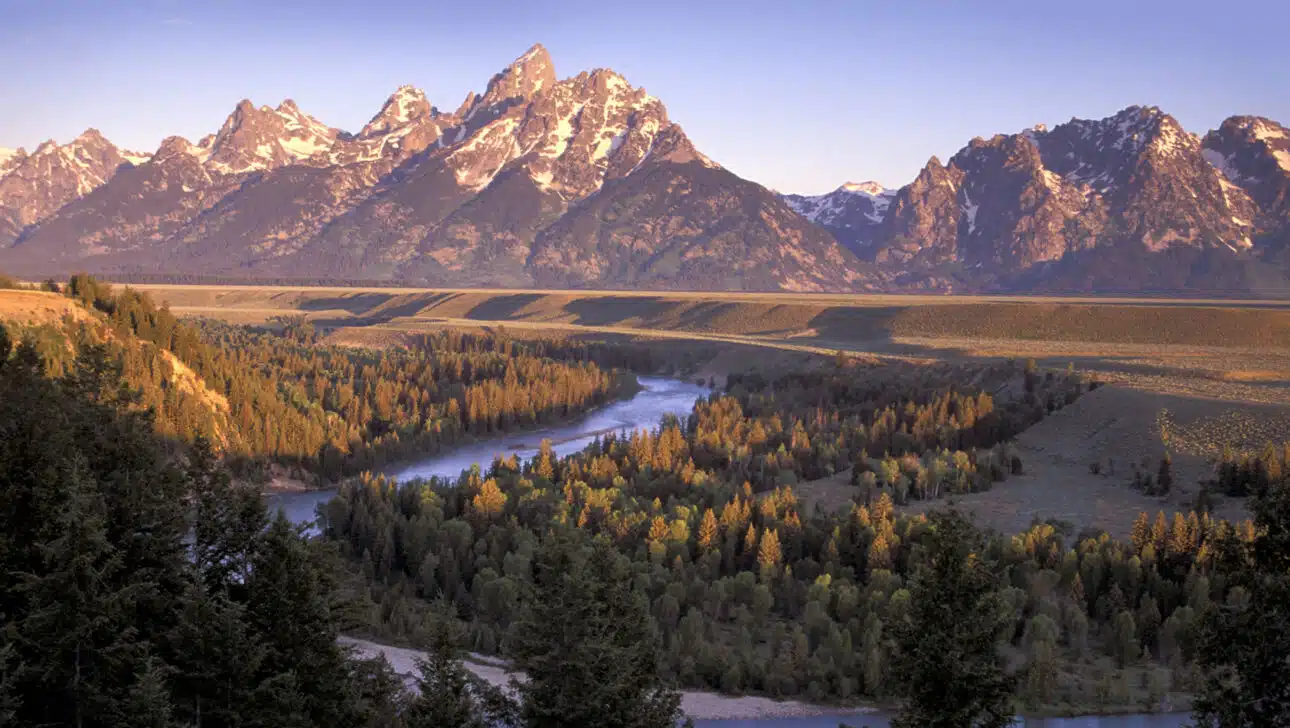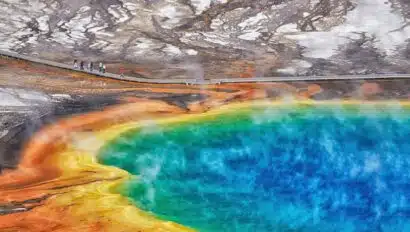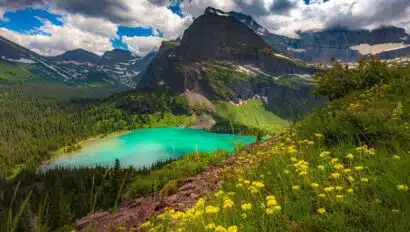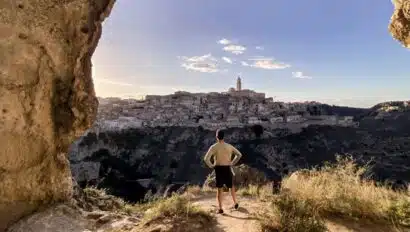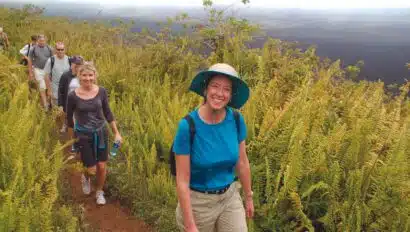UNESCO added the Yellowstone-Grand Teton Biosphere Area to its list of historic places in 1976, heralding ‘an incredibly diverse,’ hotpot of the US that includes Yellowstone and Grand Teton National parks and is part of the Greater Yellowstone Ecosystem.
Yellowstone is home to over 10,000 geothermic features dating back millions of years: Old Faithful geyser, the Yellowstone Canyon, and the Abyss Thermal Pool on the shores of Lake Yellowstone start the list. The eight highest peaks of the Teton Mountain range give the park its name. Six morainal, or glacial basins at the foot of a mountain, add to the experience, while 100 alpine and backcountry lakes take up the slack for campers and backpackers.
Yellowstone became the first national park in the United States and the world at large. It remains the wild heart of the country at a venerable 150 years of age, earning it the sobriquet, “America’s best idea.” Conservationist Jane Goodall counts the area as a favorite, and multiple generations of travelers come to find an extraordinary connection to nature in the Greater Yellowstone Ecosystem.
No matter the background, story, tribe, or season; all who venture to Yellowstone and Grand Teton National Parks discover the spectacular sights of the region, from magnificent landscapes to erupting geysers. Learn more about a few of Classic Journeys’ favorites here!
#1 Oxbow Bend & the Tetons
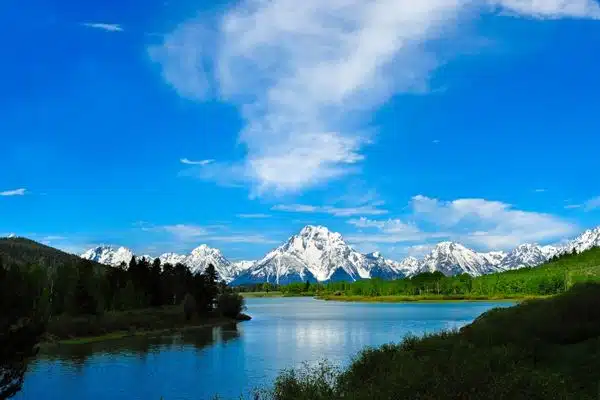
Grand Teton National Park gets the cultural adventure started with an option to explore on horseback in the afternoon. We spend two days here, walking, or riding, trails to incredible outlooks that give pause with their beauty. The scenery beckons to photographers of all levels, making memories that last long after the trip.
The greater Yellowstone ecosystem is home to the headwaters and major tributaries of some of the largest rivers in the West: the Missouri, the Colorado, and the Columbia. The Grand Teton’s Oxbow Bend is an aptly named lookout on a curve of the Snake River, which in turn joins the Columbia River further south in Washington state.
Logistics aside, the outlook quietly competes with the area’s big hitters. The panorama of the majestic Mt. Moran and the seasonal colors of the surrounding forests mirrored in the big stretch of water is a scene-stealing stop on the day’s agenda. The itinerary for the last afternoon in the Tetons is a raft float down the Snake River. Our guides’ expertise makes this trip stand out. Eagle eyes spot wildlife along the river’s banks and new discoveries appear around every bend in the water.
#2 Old Faithful
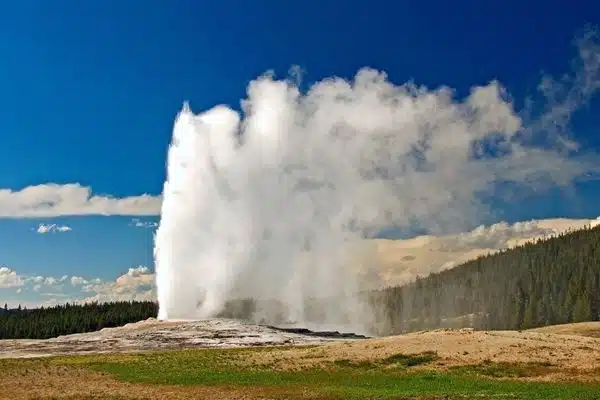
Synonymous with things to see when speaking of Yellowstone, Old Faithful’s eruptions in the last century and a half number around a million. The average time between shows is around 90 minutes. Still recorded on a stopwatch and written on spreadsheets!
One curiosity that has puzzled scientists in recent times is how the trees around the ancient geyser grew in the first place. Scalding steam and water seldom lend themselves to new growth.
Across from the Upper River Basin trailhead is the Yellowstone Tribal Heritage Center. The center hosts Native American artists, scholars, and presenters from the region’s 27 tribes on a revolving basis throughout the busy seasons. Making long-awaited strides towards reconnecting an entire swath of the region’s indelible past to the people who visit each year.
#3 Artist Point at Yellowstone’s Grand Canyon
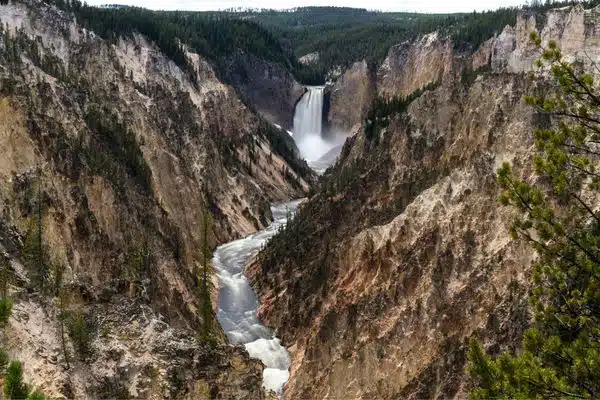
Artist Thomas Moran’s painting of Yellowstone’s Grand Canyon and Lower Falls plunging into the Yellowstone River captured the imagination of Congress and the American public. Paving the way for the park’s beginning. Waypoints over the canyon from the north and south rims tell the tale. Lookout Point, Inspiration Point, Moran Point, and finally Artist Point mark vistas where Moran’s sketches took shape.
Artist Point looks out over the canyon to the rumbling falls in the distance and the rushing river in their wake as it passes below. Streaks of red, white, yellow, and pink hues in the canyon’s walls give clues about its creation. An ancient volcanic eruption left an empty space below the surface that collapsed in on itself. Minerals in the rock produced the valley’s signature colors as a result of heat from liquid magma. The river did the rest of the work, carving the canyon over time through the softened rock of the valley’s floor.
#4 Abyss Pool
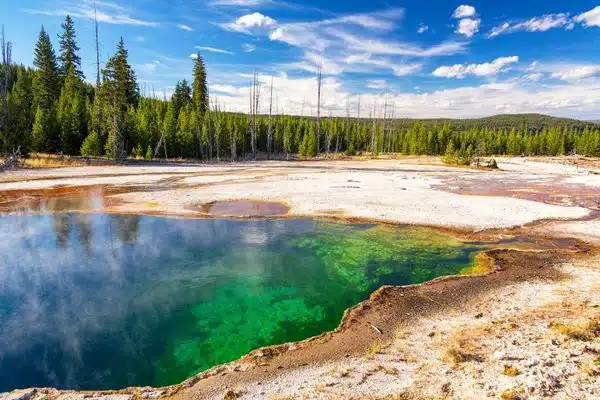
The West Geyser Basin’s Abyss Pool startles the senses with its emerald-blue water reflecting the sky above on a clear day and revealing the pool’s depth when clouds form overhead. A rule of thumb is that the water’s heat determines the coloring of Yellowstone’s thermal pools. The Abyss Pool’s amber etchings show the hottest region and the green and blue tints towards the center mark the coolest.
The geyser’s overflow runs into the nearby Yellowstone Lake in streaks of polished orange, an ever-evolving picture framed by the mountains in the distance. The scalding waters rise from the 50+ ft. bottom of the pool and slowly cool at the surface before sinking to the depths again. This cycle normally prevents the dormant geyser pool from erupting. Not without its moments, the Abyss Pool last erupted in the 1990s, sending geysers 30 ft. in the air before returning to its current state of calm.
#5 Lamar Valley
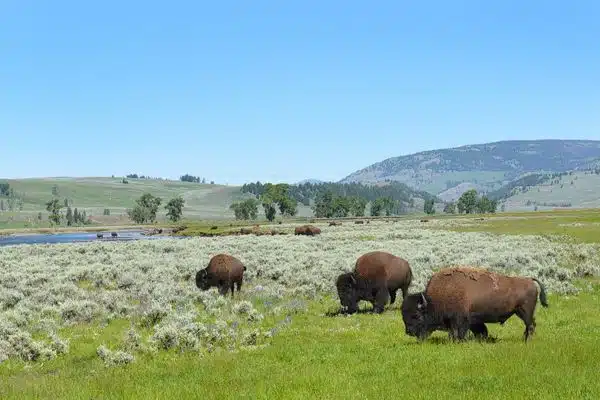
Offset from the mainstays of Yellowstone, Lamar Valley’s allure lies within the stillness of the quiet hours amid the wildlife that comes to drink at the Lamar River. The landscape becomes a living canvas as the sun rises. Bison, elk, and pronghorn all find a place in the valley’s open pastures. The aspen groves along the edges of the grasslands and glades shelter wolves and grizzly bears.
The valley also doubles as a living laboratory where the effects of the park’s conservation projects show unexpected results. A puzzling decline of aspen trees started in the 1930s that lasted over 50 years until the middle of the 90s. When they made a startling comeback. The sudden halt and surprise resurgence coincided with the designed disappearance of wolves inside the park. Without the predator, the park’s elk, deer, and pronghorn ate young aspen shoots before they matured. With the reintroduction of wolves, the ungulates keep their distance, and the aspens thrive anew.
Are you ready to see these amazing views first-hand? Contact our Travel Experience Specialists to reserve your spot on an upcoming tour. Spaces are filling up quickly on our National Parks tours and you won’t want to miss out!
